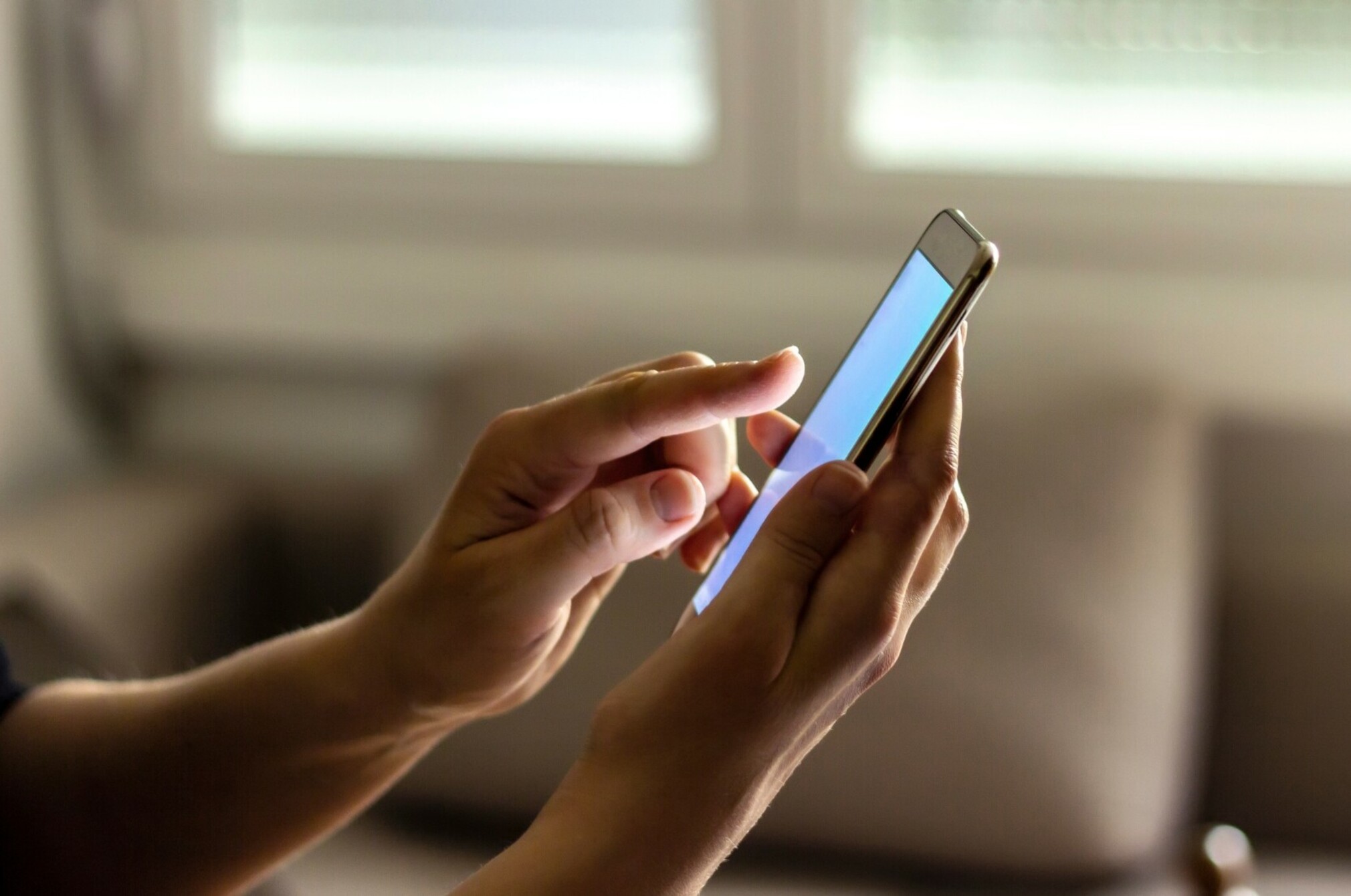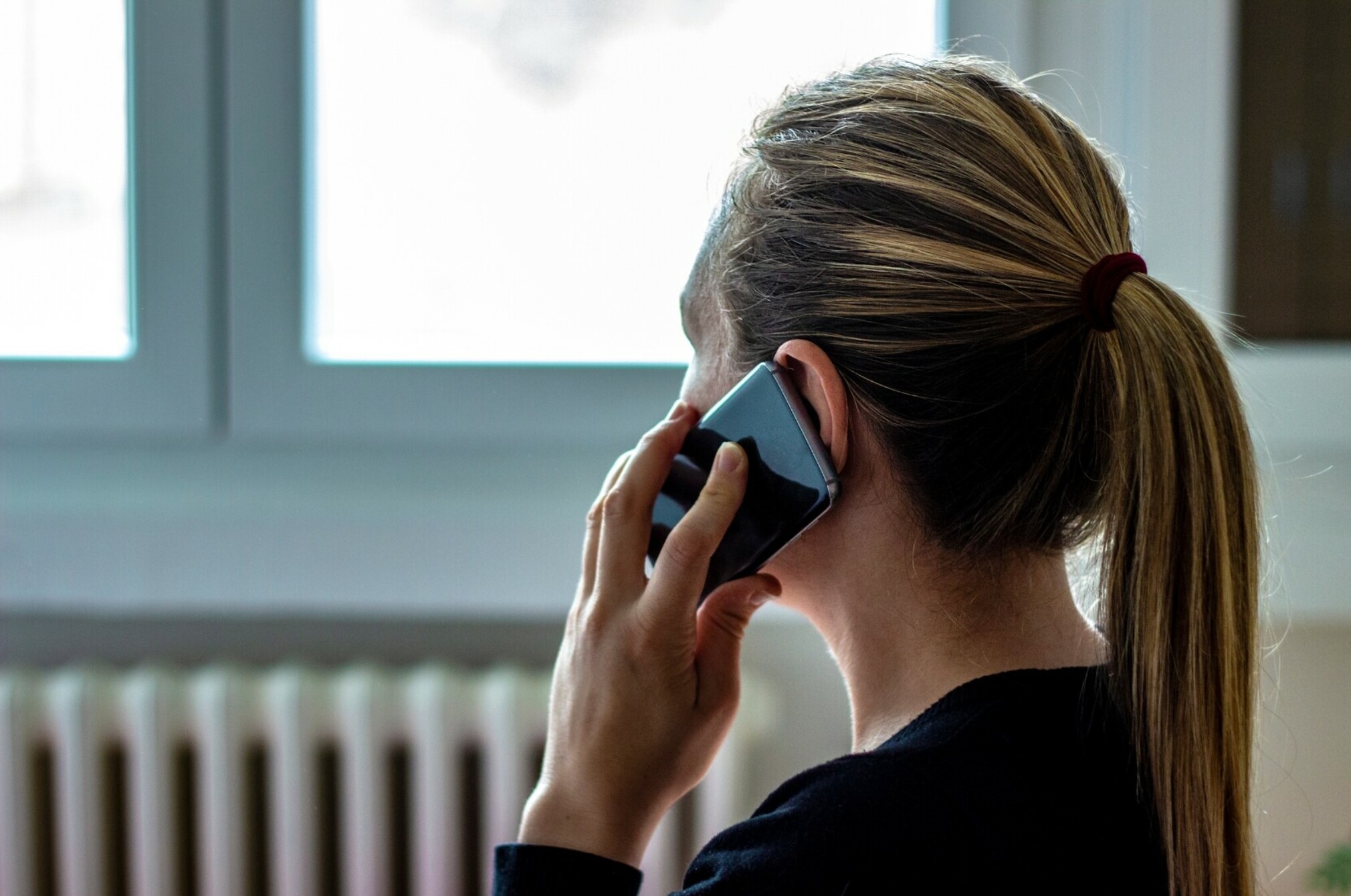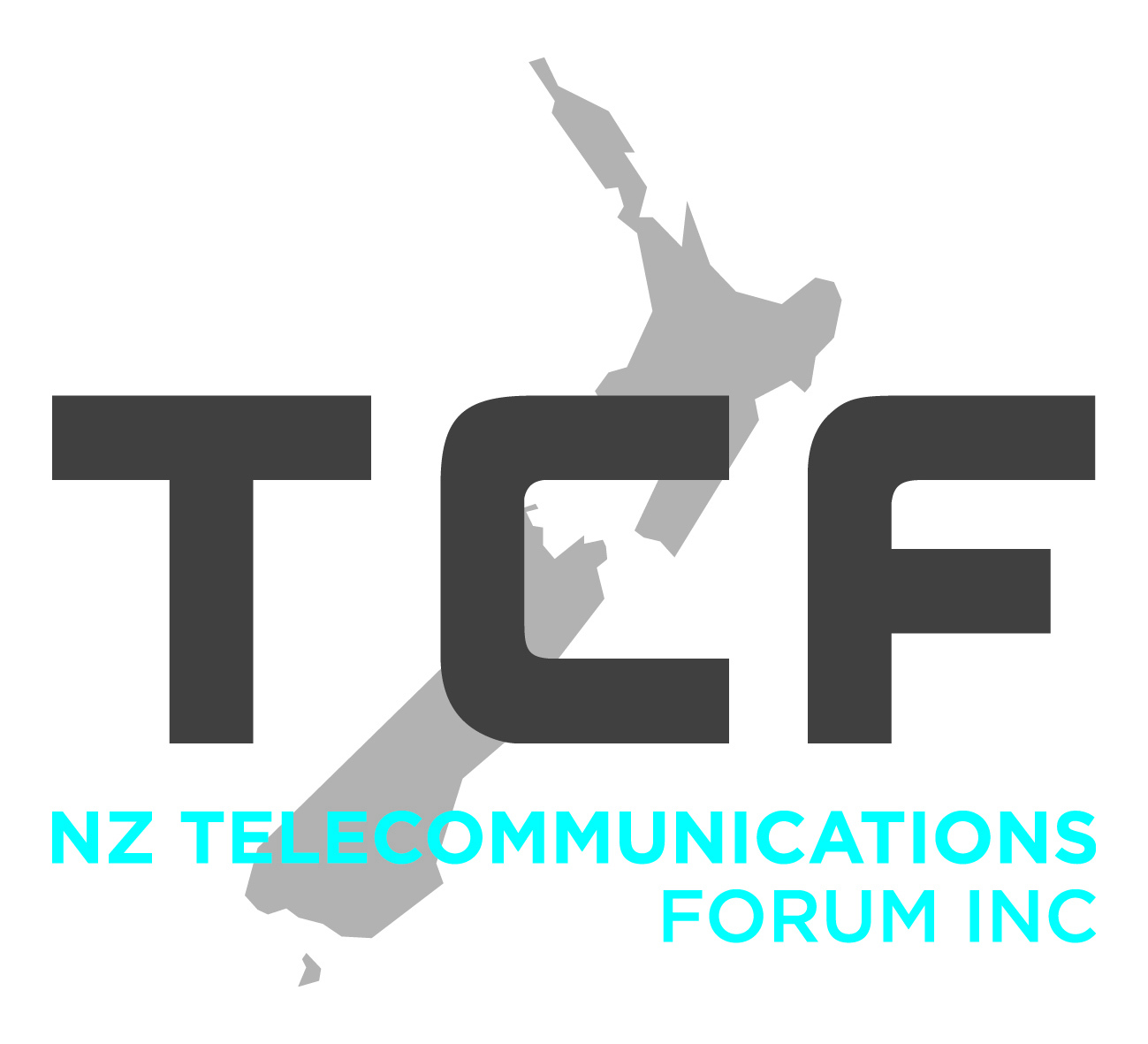3G shutdown: is your phone ready?

Spark, One NZ and 2degrees are all switching off their 3G cellular networks by early 2026. If you have a 3G-reliant mobile phone, tablet or watch, it’ll lose its ability to call, text and use data. Here’s how to avoid disruption.

Short for ‘third generation’, 3G describes a wave of mobile network technology. 3G was the first generation to truly support mobile internet, but it’s been superseded by faster and more reliable 4G and 5G networks. Extensive 4G coverage, in particular, means 3G isn’t required any longer.
Free-text 3G to 550 to check your device
Find out if you’re ready for the shutdown using your provider’s free checking service.
All you need to do is text the word ‘3G’ (without the quote marks) to the robot number 550. A few seconds later, the number will respond with instructions from your provider on what you need to do to prepare for the end of 3G.
Most people won’t have to do anything, because their devices will be able to use 4G instead. But, if you do need to take action, you'll want to know as soon as possible.
Some 4G phones won’t be able to make calls
Even if you have a 4G-capable phone, don’t assume it’ll be able to make phone calls over 4G – especially if it’s second-hand, bought from overseas or very basic.
Some 4G-enabled mobiles still fall back on 3G for voice calls (even for 111 emergency calls).
Initially, 4G was focused on data only. Later, the industry introduced VoLTE (voice over long-term evolution), which let compatible devices make calls over the 4G network. Sometimes VoLTE is simply called ‘4G calling’.
However, VoLTE adoption was relatively slow among low-cost phones, and some cheaper devices still use 3G for voice even while they use 4G for data.
You can check lists of VoLTE-compatible devices for the Spark, One NZ and 2degrees networks. However, support is only guaranteed if you bought directly from your mobile provider.
How to activate 4G calling in your phone settings
If your phone is relying on 3G, you might be able to change some settings to get it ready for the shutdown.
First, if you have any pending system updates, install them now.
Apple
If you have an iPhone 6 or later, running iOS 14 or higher, it's fully 4G capable by default. You can go to Settings > Mobile, select your SIM (or Mobile Data Options for a single-SIM model) then Voice & Data to check 4G and/or 5G are on.
Android
If you see a small VoLTE symbol at the top of your phone screen next to the signal bar, it means VoLTE is active. You don’t need to do anything, and your phone will continue to make calls after 3G is turned off.
If you don’t see the VoLTE symbol, look for an option to switch on VoLTE in your phone’s settings menu.
Samsung: Go to Settings > Connections > Mobile networks. Make sure the network mode is either 5G preferred or LTE preferred. On an older Samsung, the option might be called auto connect instead. Then, switch on the VoLTE calls option, if it’s there.
Oppo: Navigate to Settings > Mobile network, then select your SIM. Switch on VoLTE calls.
On other Androids, from brands such as Motorola and Google, the setting will be in a similar place.
If you can’t get 4G calling, you need a new phone
Unfortunately, if none of the above options work, you might need to buy a new device.
If cost is a factor for you, ask your provider about affordable options.
Consumer members can also use our independent smartphone test results to choose a replacement.
When it comes time to get rid of your 3G phone, don’t throw it away. New Zealand has a comprehensive phone recycling and reuse programme.
You can recycle any phone for free at over 500 locations, including any Noel Leeming or Resene paint store, and at all 2degrees, One NZ and Spark shops (regardless of which provider you’re with). For more details, visit remobile.org.nz.

Your consumer rights
Any recently sold phone should support 4G calling. We think if you’ve bought a phone that relies on 3G calling since early 2024, and you weren’t told it’d stop working this year, you were sold a phone that's not fit for purpose. You’d be within your rights to ask for a refund or replacement under the Consumer Guarantees Act.
The final network operator to announce its 3G shutdown, 2degrees, did so in July 2023, signalling a late-2025 end date. Even before that, the signs were clear that 3G was on its way out, so retailers and importers had plenty of warning.
Remember to check specifically about 3G reliance before you buy a new device. Online shops based overseas, in particular, may not be aware that 3G is ending here or may be intentionally offloading old stock while they can.
Frequently asked questions
Will any other products be affected by the shutdown?
Yes. 3G mobile is used by more than just phones and tablets. If you have one of the following devices in your home, check with its provider whether it runs on 3G. If it does, it’ll fail once the switch is flicked, so you should look to upgrade or replace it now.
Medical alarms
Security alarms
Car trackers
Some smart electricity meters
What if my area is only serviced by 3G?
If you’re in one of the pockets of the country that’s covered by 3G, but not 4G, try not to worry. The network owners – 2degrees, One NZ and Spark – are working to expand their 4G (and 5G) coverage over the coming months.
One NZ claims that “you’ll be able to access 4G everywhere that you currently access 3G” by 31 December, while 2degrees is “committed to rolling out 4G at every existing 3G site”.
A small number of customers are expected to lose coverage temporarily due to the physics of broadcasting radio waves at new frequencies. The operators say they will tune their networks to support these customers.
When I make a call, I hear a recorded message about 3G beforehand. Am I being scammed?
No, these are genuine messages. Your mobile operator believes that you may have a 3G-reliant device and wants to help you stay connected after the shutdown.
You can stop the messages by shifting onto 4G calling – either by activating it in your settings or moving to a new device.
You might not hear the message every time you make a call, but as the shutdown date approaches, it may play more often.
Can I get by with internet-based instant messaging?
If your phone doesn’t have 4G calling but can use 4G data, you might be tempted to use a service like WhatsApp or Messenger for calling.
The big risk with not having a cellular connection is how you will be able to deal with an emergency.
Over mobile networks, 111 calls are prioritised for the best possible connection and will even jump to another network if your provider’s network isn’t available.
However, internet-based voice services don’t necessarily deliver 111 calls in the same way, meaning your emergency call might not get through at all. This is also true for satellite services, such as Starlink.
For many people, the risk isn’t worth it.
Are 4G and 5G dangerous to my health?
No. Consumer NZ helps advise the government on the health effects of radio frequency fields, including those generated by 4G and 5G. We are in the room when the most up-to-date research is analysed and discussed. To date, we have seen no evidence of health risks from 4G or 5G infrastructure. If reliable research about any dangers does start to appear, we will act immediately.
Need more help?
Your mobile provider can support you through the 3G shutdown if you’re nervous or unsure what to do next. If you can, it’s best to drop into a branch and ask for their help.
You can find a fact sheet translated into 11 languages, including Māori, Chinese and New Zealand Sign Language, on the official 3G shutdown resources page.
Consumer members can also contact our advice line over email or phone. Our advice staff have done their homework on the shutdown and will do their best to help you.
 This advice is brought to you in partnership with the New Zealand Telecommunications Forum.
This advice is brought to you in partnership with the New Zealand Telecommunications Forum.
We've tested 187 mobile phones.
Find the right one for you.



Member comments
Get access to comment